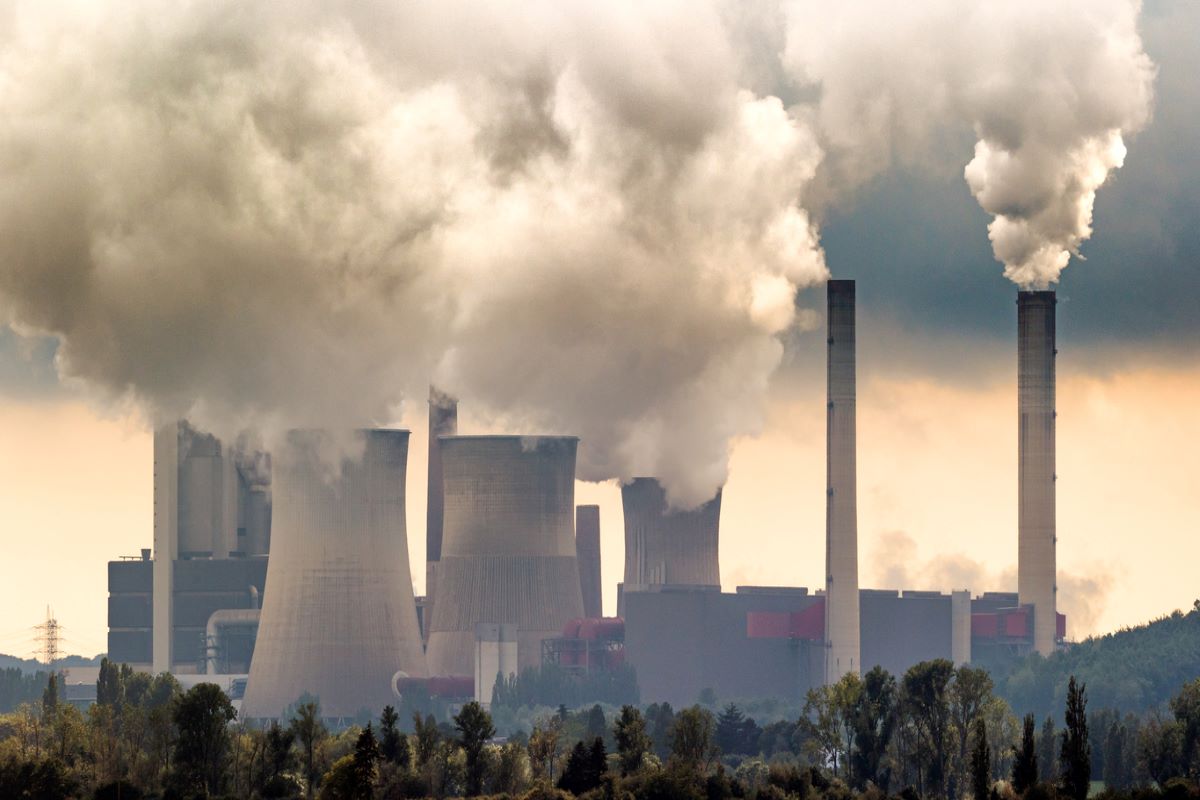Will the world lose all its glaciers?
By the end of this century, up to two-third of all glaciers worldwide could disappear – an alarming scenario that threatens the future of water supply in many places.
India must diversify its energy programmes towards ‘cleaner’ and ‘greener’ alternatives. This will also make the country independent of fluctuations in the global hydrocarbon market. Coal shortages are a call to India’s policymakers to prioritize the green energy transition in the country.

representational image (iStock photo)
Climate change and global warming are destabilizing the planet. In 2018, energyrelated greenhouse gas (GHG) emissions rose by 1.7 per cent. This amounts to 33.1 gigatons of CO2. India pledged last week at COP 26 in Glasgow to reduce GHG emissions from its energy sector and achieve net-zero emissions by 2070. India produced 106.3 billion units of power in December 2020, of which 75 per cent came from coal-fired thermal power plants.
Just before the COP 26 summit, in mid-September, 2021, India faced a record shortage of coal supplies that threatened to undermine its fossil fuel-dependent energy infrastructure. The crisis should have propelled the nation’s leaders to devise alternative policies to limit its dependence on coal and look towards renewable alternatives.
Advertisement
Coal-dependent thermal power units account for about 70 per cent of India’s power production. On 1 October 2021, it was announced that 135 thermal power units across India had less than four days’ worth of coal in their reserve. The reason for this coal supply shortage can be traced to new geopolitical developments in the region: the AUKUS naval deal coupled with incessant monsoon rains have reduced coal supplies from mines.
Advertisement
Punjab State Power Corporation Ltd. declared on 9 October, 2021. that most of its thermal power units were operating at reduced capacity. The Delhi power minister’s dialogue with power distribution firms revealed that some of the power plants had less than one day’s worth of coal in their reserve. The Delhi government sought the Union government’s assistance to manage this impending power crisis. Several power distributors such as Tata Power urged consumers to use energy judiciously.
The coal shortage could result in extensive blackouts in the northern Indian states and the National Capital region. India’s over-dependence on coal is a major reason behind this crisis. While the whole world is looking for greener energy solutions, India is still dependent on coal for most of its energy supply.
As per 2018 records, Germany, Japan, Mexico, France and the United Kingdom have been able to reduce their GHG emissions. China, India and the United States accounted for 80 per cent of the GHG emission rise in 2018. India should look to sustainable energy alternatives in the wake of this coal crisis. This is not only economically taxing for the government but also an inconvenient pill to swallow ahead of major state elections. This energy shortage could cripple the industries that are re-opening after pandemic lockdowns.
There has been a sharp increase in power demand since August 2021. This sudden increase was not anticipated by the power generation and distribution companies. To make matters worse, the cost of imported coal from Indonesia has increased from $86 per ton in April to $162 per ton today.
The reason is the sudden increase of coal demand in the Chinese markets. After the recent finalisation of the AUKUS naval deal, the relationship between Australia and China is at a historic low. China is now looking for alternative suppliers for its domestic coal demands. Caught in this political struggle, India has to bear the brunt of its over-dependence on coal-fired thermal power. Nuclear power can be an effective alternative to replace India’s dependence on coal. Nuclear power is greener than coal and more efficient in producing energy.
The World Nuclear Association’s Cooperation in Reactor Design Evaluation and Licensing (CORDEL) and the Nuclear Energy Agency look out for safer and technologically advanced nuclear reactor designs. There has been a drastic reduction in radiation leakage from generation I to recent generation III+ reactors. This makes transitions to nuclear energy both environmentally friendly and economically viable.
Another sustainable solutions are renewables. India planned to invest around Rs 24 trillion in its National Energy Pipeline scheme. Clean energy is the chief focus of this scheme. This would free the nation from the crippling economic impacts of its dependence on hydrocarbon imports. India spent over $111.9 billion alone on oil imports between 2018 and 2019.
In 2020, India’s coal imports were around $15.9 billion. India must diversify its energy programmes towards ‘cleaner’ and ‘greener’ alternatives. This will also make the country independent of fluctuations in the global hydrocarbon market. Coal shortages are a call to India’s policymakers to prioritize the green energy transition in the country.
(The writers are, respectively, an independent researcher, Associate Professor, and Dean at Jindal School of Environment and Sustainability, O.P. Jindal Global University, Sonipat, Haryana)
Advertisement